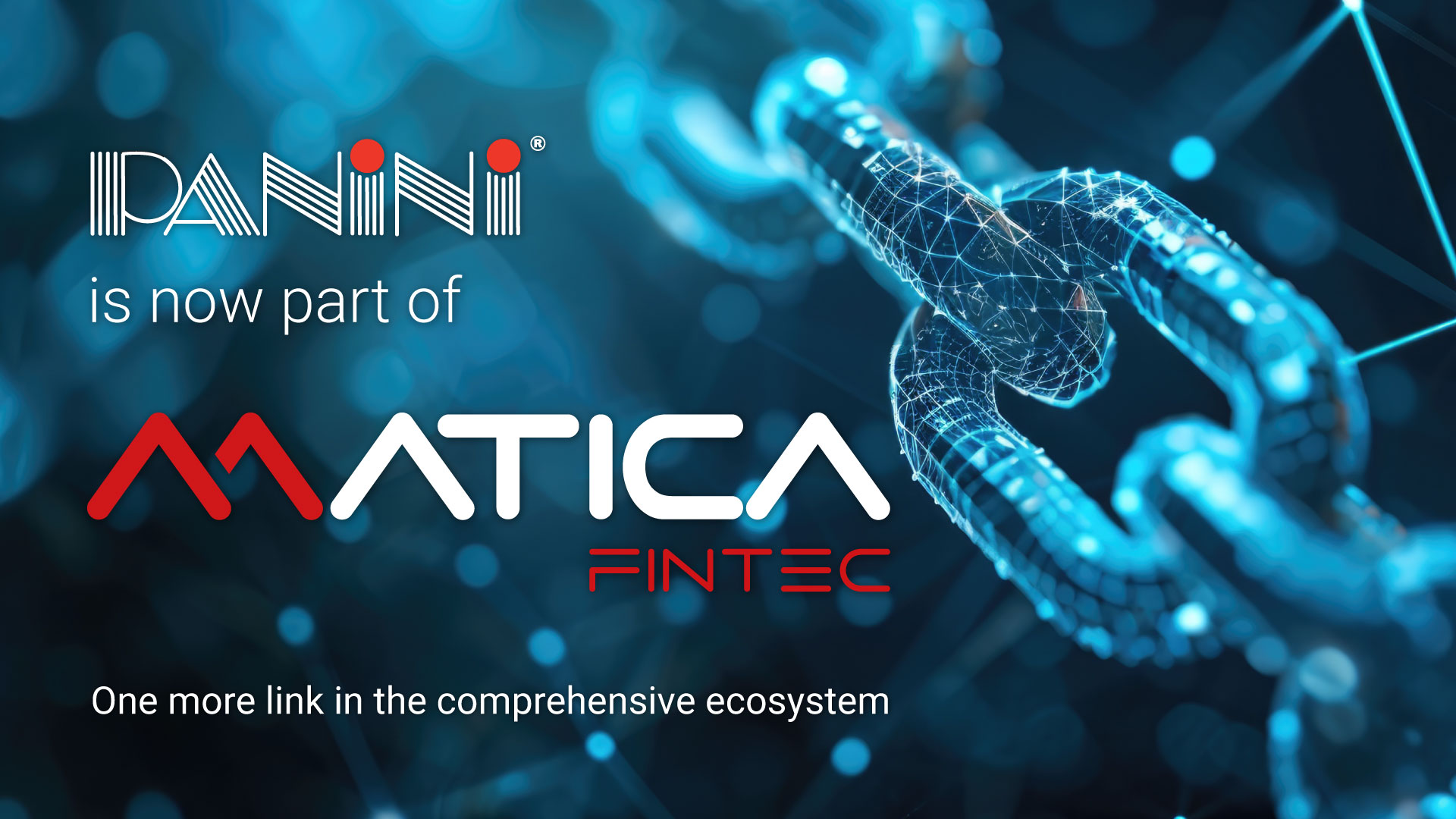In today's increasingly interconnect world, digital wallets have emerged as a powerful tool for managing and presenting our digital identities. But what are they?These secure repositories allow us to store and share a variety of credentials and are typically accessed through mobile apps, offering convenience and ease of use.
This innovative technology is transforming the way we interact with the digital world, enhancing security, convenience, and efficiency.
So, let's explore together what they are and why they are so important.

What are digital identity wallets? Here's the Key Features
According to the definition of the Digital Identity Observatory of the Politecnico di Milano, which in 2023 was sponsored by Panini and many other industry leaders in Digital Identity, the answer to the question: "what are digital wallets?" is the following:
The digital wallet is an electronic repository for securely storing and sharing documents and certificates in digital format. It is typically delivered as a mobile application for smartphones.
Generally, a digital identity wallet should have the following essential features:
- Storing Credentials: A reliable digital wallet should effectively store a wide range of credentials, including electronic payment cards, boarding passes, and certified identification documents, such as driver's licenses.
- Enabling Transactions: Beyond mere storage, a digital wallet should facilitate seamless transactions, allowing users to make online payments, book travel, and access secure services with ease.
- Self-Management: Empowering users to manage their digital identities independently, a digital wallet should provide intuitive features for adding, modifying, and deleting credentials;
Diversifying Landscape of Digital Identity Wallets
The current landscape of digital identity wallets encompasses a diverse range of offerings, ranging from existing apps that have evolved into wallets to new apps developed from scratch based on this model. These include:
- Electronic Payment Wallets: These wallets focus on facilitating secure electronic payments, storing payment cards and tokens for seamless transactions.
- Government-Supported Digital Identity Wallets: These wallets enable citizens to digitize their government-issued identification documents, simplifying online interactions with public services.
- BigTech Wallets: These wallets, developed by major technology companies, are expanding their scope to integrate digital credentials beyond payments, aiming to become comprehensive identity management platforms.
The Digital Identity Observatory of the Politecnico di Milano has identified 111 digital identity wallet systems, categorized into five clusters based on their purpose: general-purpose wallets, professional wallets, payments wallets, identity-focused wallets, and others.
The European Digital Identity (EUDI) Wallet: A Paradigm Shift
In June 2021, the European Commission unveiled its proposal to revamp the eIDAS Regulation, introducing the EU Digital Identity Wallet (EUDI) Wallet. This decision has sparked a transformative shift across the digital identity landscape, encompassing a multitude of stakeholders and ecosystems. The EUDI Wallet aims to provide a standardized and interoperable solution for securely managing digital identities across Europe.
As digital identity wallets continue to evolve, they hold the potential to revolutionize the way we interact with the digital world, offering enhanced security, convenience, and control over our personal information. By embracing this transformative technology, we can streamline our digital lives, enhancing our experiences and promoting a more secure ecosystem.

Our Technology Assessment and Strategy Director Pierpaolo Bubbio tells us the pivotal role Italian companies—particularly Panini—played in the evolution of check truncation technology, culminating in their breakthrough into the U.S. market following the approval of the Check Clearing for the 21st Century Act (Check 21) in 2004.
Read moreIn the digital age, where online banking and mobile apps dominate the financial landscape, it’s easy to overlook why in-person banking still matters. However, for professionals working in the banking industry, the value of face-to-face interactions cannot be overstated.
Read moreBoth KYC and KYB are essential processes used by companies to verify the identities of their customers and reduce the risks related to financial crimes like fraud and money laundering. Though their goals are similar, understanding the difference between KYC and KYB is crucial for effective compliance and risk management.
Read more

